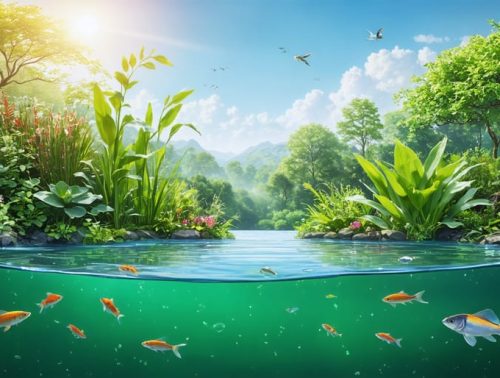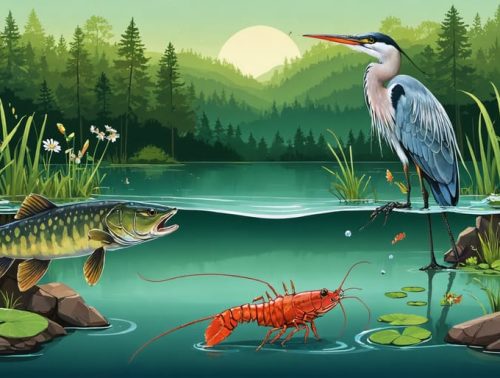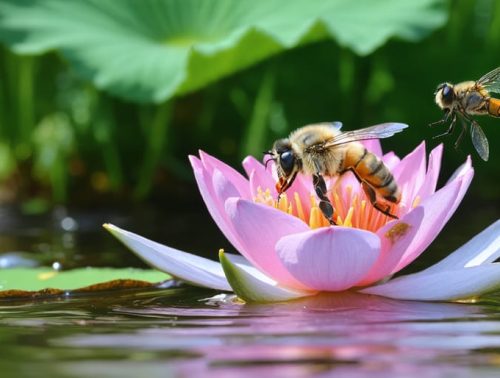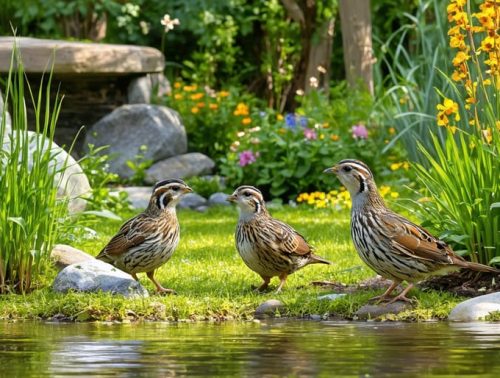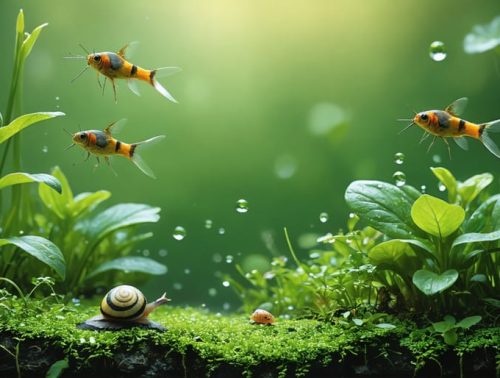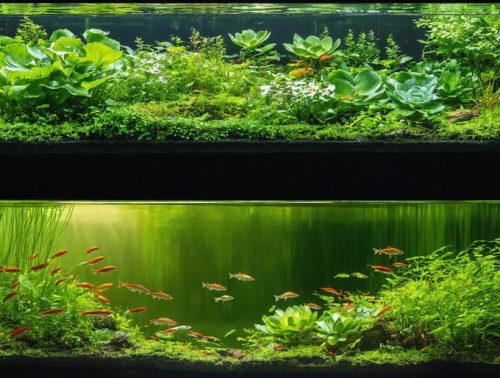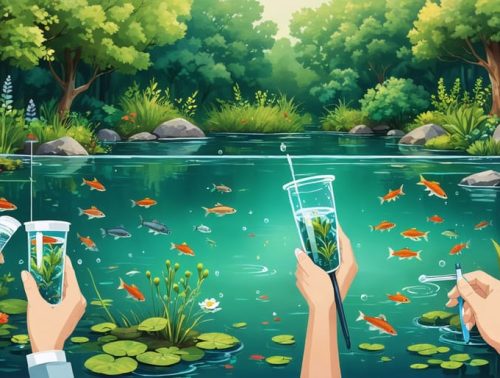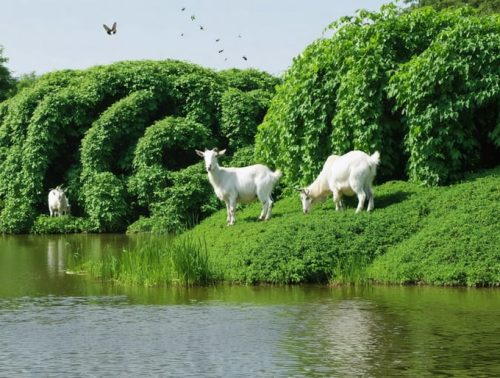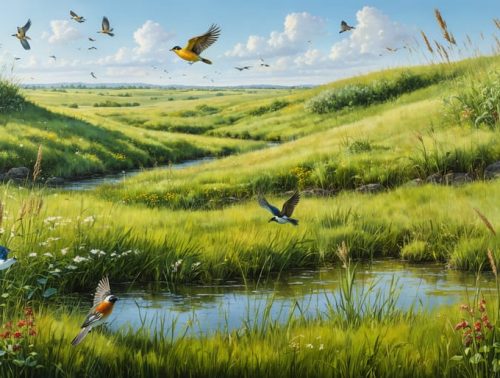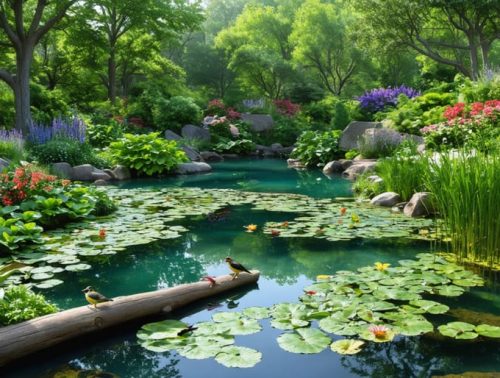Make Your Pond Come Alive: Transform Your Water Garden into a Thriving Ecosystem
Transform your outdoor space into a vibrant balanced pond ecosystem teeming with life and natural beauty. Creating pond vive—the perfect blend of plants, fish, and beneficial microorganisms—starts with strategic layering of submerged, floating, and marginal plants to establish crucial oxygen levels and natural filtration. Add native fish species gradually, introducing no more than two per 50 gallons of water, allowing the biological cycle to stabilize naturally. Monitor water quality weekly using simple test kits to…

